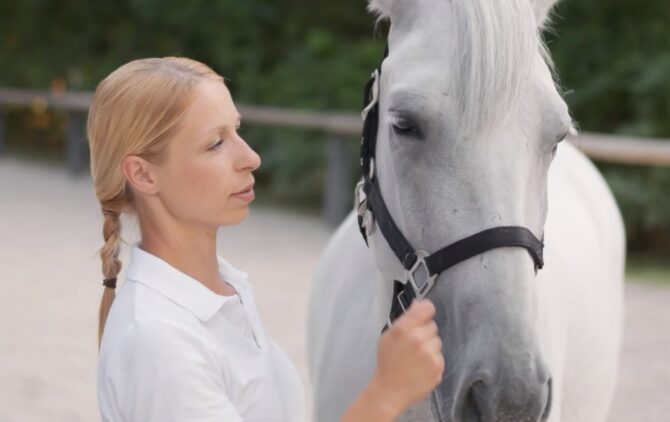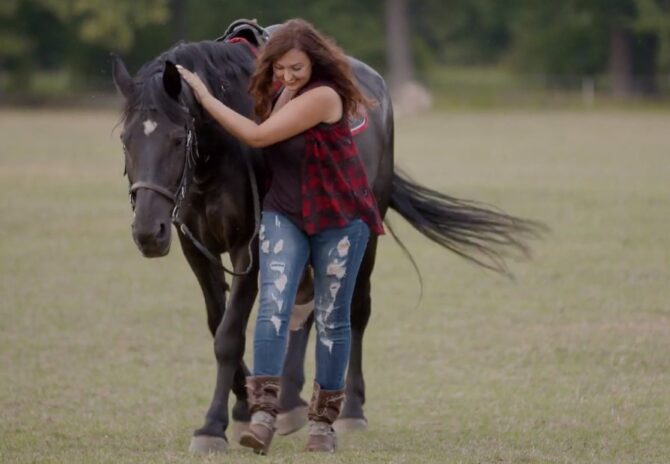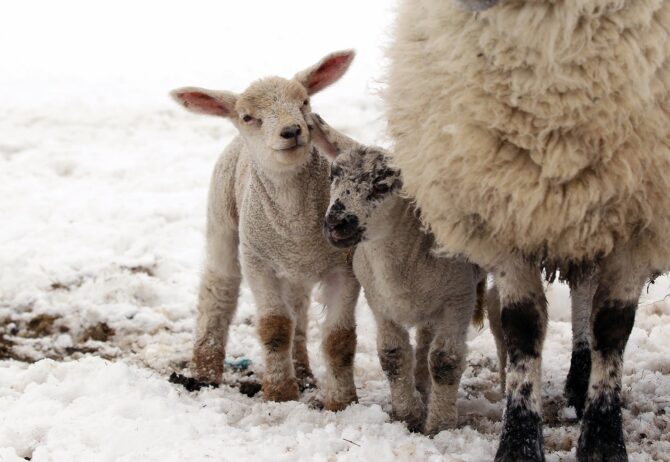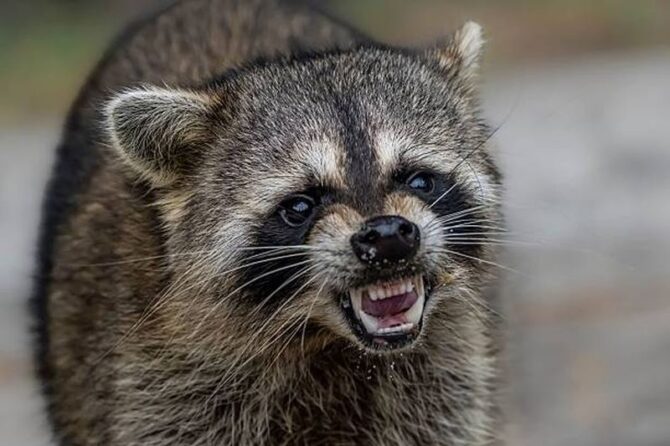If you’ve ever found yourself lost in the magical world of hooves, manes, and that heartwarming neigh, you’re in for a treat. Today, we’re diving into a topic that’s as charming as it is curious: the difference between ponies and horses.
Now, I don’t know about you, but every time I’m around these graceful creatures, my heart does a little happy dance.
So, saddle up as we unravel the mysteries and unveil the distinctions that make ponies and horses, though equally enchanting, uniquely special.
Historical Origins
The history of these animals is as rich as it is fascinating. Horses have been a part of human history for thousands of years. Originating from North America, they migrated to Asia and Europe, evolving and adapting to various terrains and climates.
Early humans quickly recognized the horse’s potential, domesticating them for transportation, agriculture, and warfare. The bond between humans and horses grew stronger, leading to their pivotal roles in shaping civilizations.
Ponies, on the other hand, evolved in regions with harsh climates and rugged terrains. Their compact size and sturdy build were nature’s response to these challenging environments.
Ancient communities in colder regions, like the Shetland Islands, saw the pony’s resilience and began to domesticate them for work in mines and as transportation across rough landscapes.
Physical Differences
While size is the most obvious difference, there are other physical characteristics that distinguish these animals.
| Body Difference | Horses | Ponies |
|---|---|---|
| Size | Taller, usually over 14.2 hands | Shorter, typically under 14.2 hands |
| Build | More slender and elongated body | Stockier and compact build |
| Legs | Longer legs relative to body size | Shorter legs |
| Head | More refined and proportionate | Rounder head, often with a cute look |
| Neck | Longer and elegant | Thicker and shorter neck |
| Mane and Tail | Longer and flowing mane and tail | Thicker manes and tails |
| Coat Texture | Finer coat texture | Thicker and coarser coat texture |
| Weight | Heavier body weight | Lighter body weight |
| Bone Density | Less bone density | Higher bone density |
| Gait | Generally smoother gaits | Playful and energetic gaits |
Size and Build Yes, ponies are generally smaller than horses. The official distinction is based on height: equines measuring less than 14.2 hands (58 inches) at the withers (shoulder) are classified as ponies.
However, it’s not just about height. Ponies often have a stockier build, with thicker necks, shorter legs, and broader chests. This robust physique is a testament to their evolution in challenging environments.
Mane, Tail, and Coat
Ponies often boast a thicker and sometimes double coat, which provides insulation in colder climates. Their manes and tails are usually denser and more luxuriant than those of horses.
This isn’t just for aesthetics; the lush mane and tail offer added protection against the elements, particularly in windy and wet conditions.
Temperament and Behavior

Behavioral traits can be as telling as physical ones. The temperaments of horses and ponies are shaped by their histories and environments.
Horse Behavior
Horses, having been domesticated and bred for specific tasks like racing, work, or show, often display a wide range of temperaments.
Some breeds are calm and docile, making them perfect for beginners, while others are spirited and energetic, suited for experienced riders.
Their larger size often means they require consistent training and socialization to ensure they’re manageable and safe.
Pony Personality
Ponies, due to their history of surviving in tough environments, often exhibit a high degree of intelligence and independence. They can be stubborn and willful, but this is often mistaken for mischief.
Their cleverness means they can be quick learners, but it also means they can be adept at escaping enclosures or finding hidden food sources.
Their spirited nature, combined with their compact size, makes them popular choices for children, but it’s essential to remember that they require as much respect and understanding as their larger counterparts.
Health and Care Needs

Dietary Differences
Horses, due to their size and the tasks they’re often bred for, generally require a diet that supports higher energy needs. This includes grains, hay, and supplements tailored to their specific activity levels.
Ponies, with their hardy nature, often thrive on a more basic diet.
However, their propensity to gain weight means owners must be vigilant to prevent overfeeding, which can lead to health issues like laminitis.
Veterinary and Grooming Needs
Both horses and ponies require regular veterinary check-ups, vaccinations, and deworming.
However, due to their thicker coats, ponies might need more frequent grooming, especially in colder climates where they’re prone to developing ice balls in their hooves or matting in their dense manes and tails.
Regular hoof care is essential for both, given their different terrains and workloads.
The Human-Equine Bond

The relationship between humans and these equines is profound, transcending mere companionship.
Horses as Companions and Athletes
The bond between a horse and its rider is unique. Whether galloping through open fields, competing in equestrian events, or simply enjoying a quiet trail ride, the connection is palpable.
Many riders describe it as a partnership, where both horse and human rely on mutual trust and understanding.
Ponies as Teachers and Friends
Ponies, with their intelligent and often cheeky personalities, have a special way of endearing themselves to humans, especially children. They are often the first introduction many have to the world of equestrianism.
Their size and demeanor make them excellent teachers, helping young riders learn the ropes while forming a bond that often lasts a lifetime.
Breeds and Varieties
Iconic Horse Breeds
From the swift Arabian horses, known for their endurance and grace, to the powerful Clydesdales, celebrated for their strength and gentle nature, horse breeds are as varied as they are numerous.
The Thoroughbred, often associated with horse racing, is another breed that has made a significant mark, not just in sports but also in equestrian disciplines like show jumping and dressage.
Notable Pony Breeds
Ponies too have their stars. The Shetland pony, as previously mentioned, is renowned for its strength relative to its size. The Welsh pony, versatile and spirited, is a favorite among both children and adults in various equestrian disciplines.
The Connemara pony, hailing from Ireland, is admired for its athleticism and kind temperament.
Training and Discipline
Training methods and disciplines can vary between these animals, given their distinct temperaments and physical capabilities.
Horse Training Techniques
Training a horse requires patience, consistency, and an understanding of its nature.
Techniques can range from classical dressage methods, which focus on harmony and precision, to natural horsemanship, which emphasizes understanding and communication.
The discipline or purpose for which the animal is being trained, be it racing, jumping, or trail riding, also dictates the training approach.
Pony Training Insights
Training ponies, given their intelligent and sometimes stubborn nature, can be a unique challenge. It’s essential to establish trust and leadership early on. Positive reinforcement, combined with firm boundaries, often yields the best results.
And while they’re small, ponies can excel in disciplines like driving, jumping, and even dressage with the right training.
FAQs:
Do ponies grow to the size of horses?
No, they remain small throughout their lives, maturing more quickly than horses.
Are there horse breeds that are the size of ponies?
Yes, some breeds like the Miniature Horse and the Icelandic Horse are pony-sized but are considered horses.
Can ponies survive on less nutritious pastures?
Yes, ponies can derive nutrition from pastures that a horse might starve on.
Are older ponies still used for riding and driving?
Many ponies are still used for riding and driving into their late 20s.
Are there ponies that are considered horses based on their breed?
Yes, breeds like the Miniature Horse and Icelandic Horse are the size of ponies but are termed horses.
Conclusion
Horses, with their grace and strength, have been our partners in many adventures, while ponies, with their charm and resilience, have often been our first introduction to the world of riding.
Understanding their differences helps us appreciate each one more.
Whether it’s the power of a galloping horse or the playful nature of a pony, both bring joy and value to our lives.






